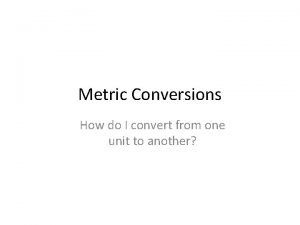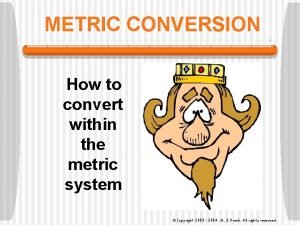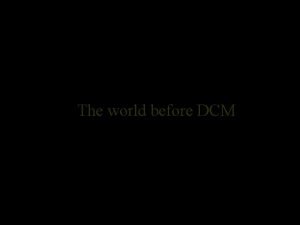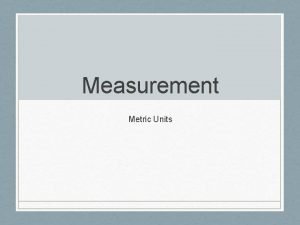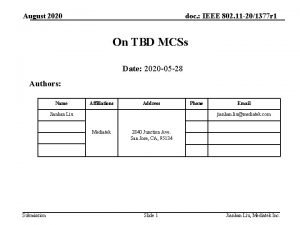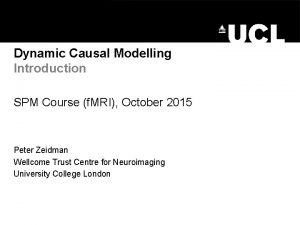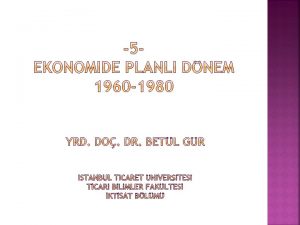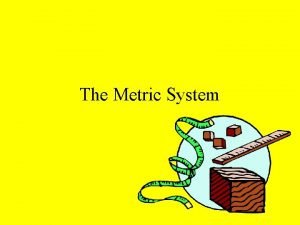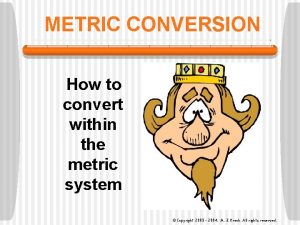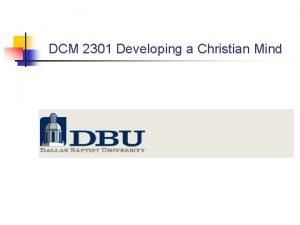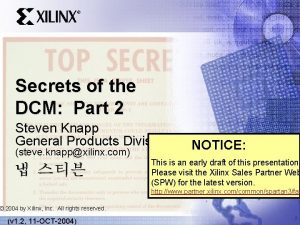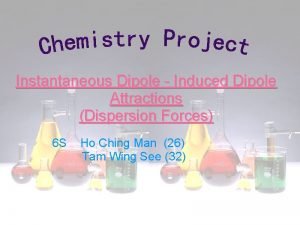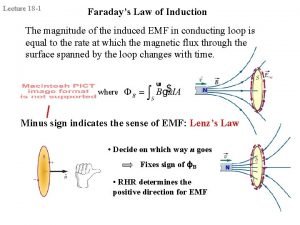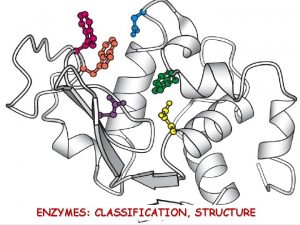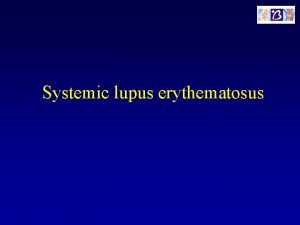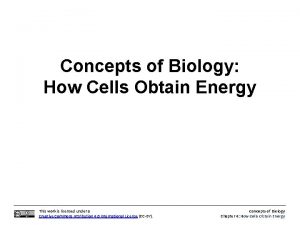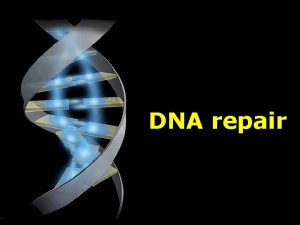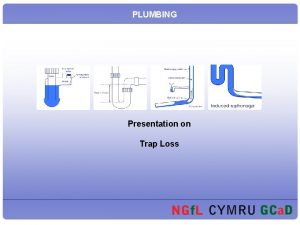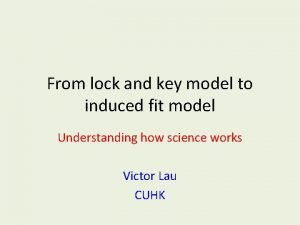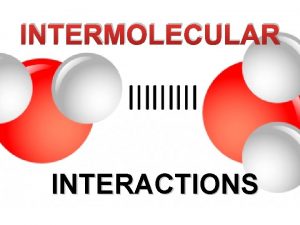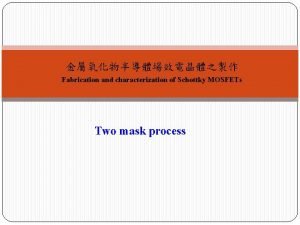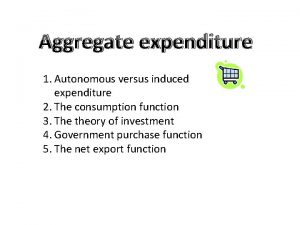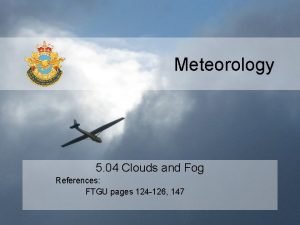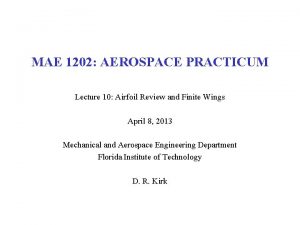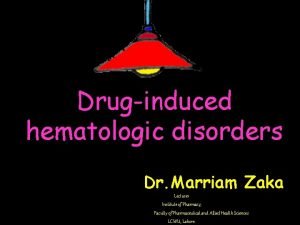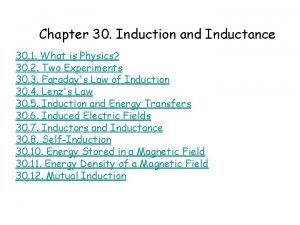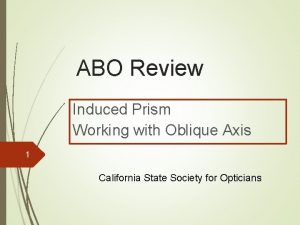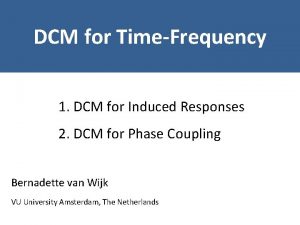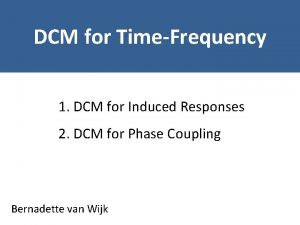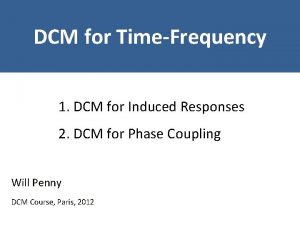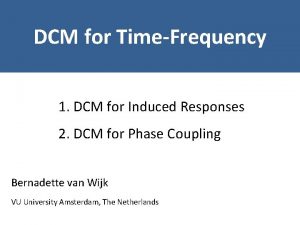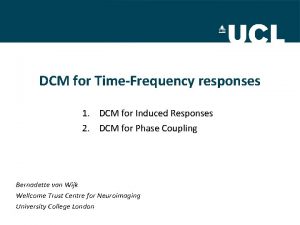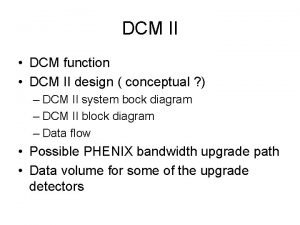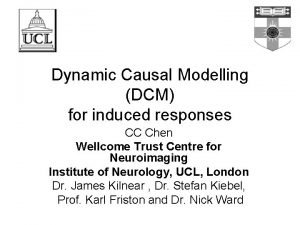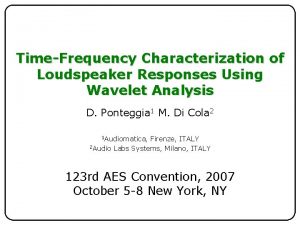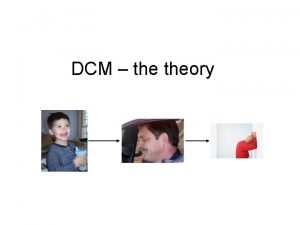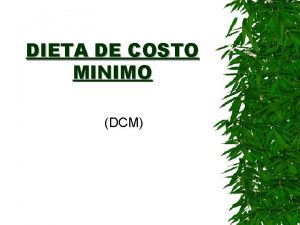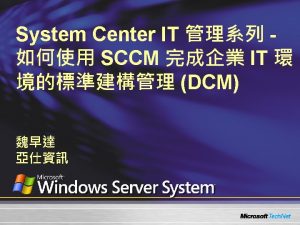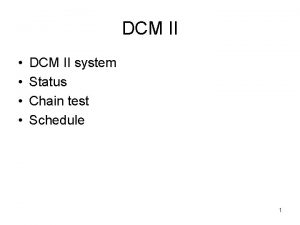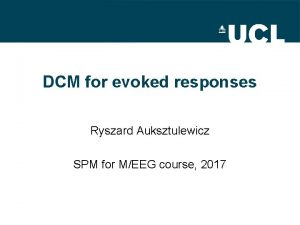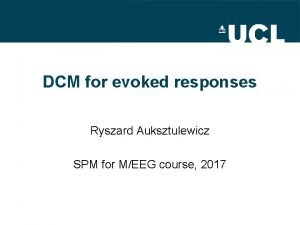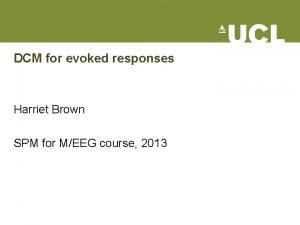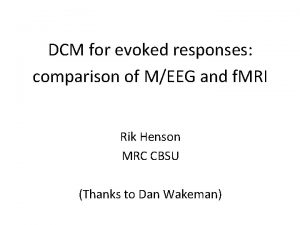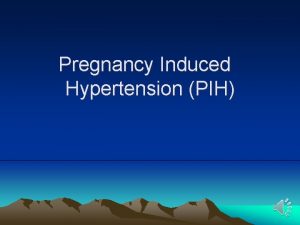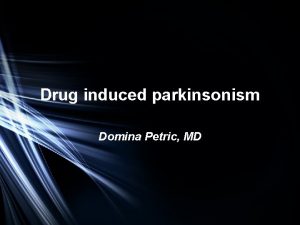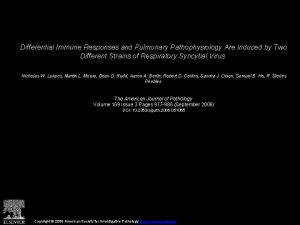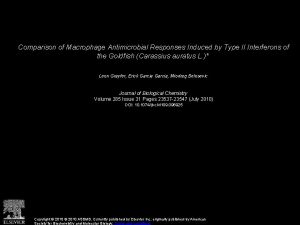DCM for TimeFrequency 1 DCM for Induced Responses












![Sources in Motor and Occipital areas M O MNI coordinates [34 -28 37] [14 Sources in Motor and Occipital areas M O MNI coordinates [34 -28 37] [14](https://slidetodoc.com/presentation_image_h2/d6fee2448833e21a7165f2abe1f76913/image-13.jpg)























- Slides: 36

DCM for Time-Frequency 1. DCM for Induced Responses 2. DCM for Phase Coupling Bernadette van Wijk

Dynamic causal models Physiological Phenomenological Neurophysiological model Models a particular data feature inhibitory interneurons Pyramidal Cells Frequency spiny stellate cells Phase Time Electromagnetic forward model included Source locations not optimized • DCM for ERP • DCM for SSR • DCM for Induced Responses • DCM for Phase Coupling

1. DCM for Induced Responses ? ? Changes in power caused by external input and/or coupling with other regions Model comparisons: Which regions are connected? E. g. Forward/backward connections (Cross-)frequency coupling: Does slow activity in one region affect fast activity in another?

cf. Neural state equations in DCM for f. MRI Single region u 1 c z 1 a 11 u 2 z 1 z 2

cf. DCM for f. MRI Multiple regions u 1 c a 11 z 2 a 22 u 1 u 2 a 21 z 2

cf. DCM for f. MRI Modulatory inputs u 1 u 2 c u 1 a 11 z 1 b 21 z 2 a 21 u 2 z 1 z 2

cf. DCM for f. MRI Reciprocal connections u 1 u 2 c a 11 z 1 b 21 a 12 z 2 a 22 u 1 a 21 u 2 z 1 z 2

Frequency DCM for induced responses dg(t)/dt=A∙g(t)+C∙u(t) Time Where g(t) is a K x 1 vector of spectral responses A is a K x K matrix of frequency coupling parameters Also allow A to be changed by experimental condition

Frequency Use of Frequency Modes G=USV’ Time Where G is a K x T spectrogram U is K x K’ matrix with K frequency modes V is K x T and contains spectral mode responses over time Hence A is only K’ x K’, not K x K

Differential equation model for spectral energy Intrinsic (within-source) coupling Extrinsic (between-source) coupling Linear (within-frequency) coupling How frequency K in region j affects frequency 1 in region i Nonlinear (between-frequency) coupling

Modulatory connections Intrinsic (within-source) coupling Extrinsic (between-source) coupling

Example: MEG data Motor imagery through mental hand rotation De Lange et al. 2008 • Do trials with fast and slow reaction times differ in time-frequency modulations? • Are slow reaction times associated with altered forward and/or backward information processing? • How do (cross-)frequency couplings lead to the observed time-frequency modulations? van Wijk et al, Neuroimage, 2013
![Sources in Motor and Occipital areas M O MNI coordinates 34 28 37 14 Sources in Motor and Occipital areas M O MNI coordinates [34 -28 37] [14](https://slidetodoc.com/presentation_image_h2/d6fee2448833e21a7165f2abe1f76913/image-13.jpg)
Sources in Motor and Occipital areas M O MNI coordinates [34 -28 37] [14 -69 -2] [-37 -25 39] [-18 -71 -5]

• Do trials with fast and slow reaction times differ in timefrequency modulations? Slow reaction times: - Stronger increase in gamma power in O - Stronger decrease in beta power in O

• Are slow reaction times associated with altered forward and/or backward information processing?

Results for Model Bforward/backward Good correspondence between observed and predicted time-frequency spectra

Decomposing contributions to the time-frequency spectra Feedback loop with M acts to attenuate gamma and beta modulations in O Attenuation is weaker for slow reaction times

O M • How do (cross-)frequency couplings lead to the observed time-frequency modulations? 3 4 2 Interactions are mainly within frequency bands Slow reaction times accompanied by a negative beta to gamma coupling from M to O 5 1


2. DCM for Phase Coupling Region 2 Region 1 ? ? Synchronization achieved by phase coupling between regions Model comparisons: Which regions are connected? E. g. ‘master-slave’/mutual connections Parameter inference: (frequency-dependent) coupling values

One oscillator

Two oscillators

Different initial phases 0. 3

Stronger coupling 0. 6

Bidirectional coupling 0. 3

DCM for Phase Coupling Allow connections to depend on experimental condition Phase interaction function is an arbitrary order Fourier series

Example: MEG data Fuentemilla et al, Current Biology, 2010

Delay activity (4 -8 Hz) Visual Cortex (VIS) Medial Temporal Lobe (MTL) Inferior Frontal Gyrus (IFG)


Questions • Duzel et al. find different patterns of theta-coupling in the delay period dependent on task. • Pick 3 regions based on previous source reconstruction 1. Right MTL [27, -18, -27] mm 2. Right VIS [10, -100, 0] mm 3. Right IFG [39, 28, -12] mm • Find out if structure of network dynamics is Master-Slave (MS) or (Partial/Total) Mutual Entrainment (ME) • Which connections are modulated by memory task?

MTL Master. Slave 1 2 Partial Mutual Entrainment IFG VIS Master 3 IFG 5 IFG MTL IFG VIS IFG Master VIS 4 IFG MTL VIS MTL 6 IFG VIS MTL 7 IFG Total Mutual Entrainment VIS

Analysis • Source reconstruct activity in areas of interest • Bandpass data into frequency range of interest • Hilbert transform data to obtain instantaneous phase • Use multiple trials per experimental condition • Model inversion

3 IFG VIS MTL Log. Ev Model

0. 77 IFG 2. 46 VIS 2. 89 MTL 0. 89


 Intermolecular forces vapor pressure
Intermolecular forces vapor pressure K h d d c m
K h d d c m The king henry slider
The king henry slider Dcm 300 modem
Dcm 300 modem Dcm
Dcm Khd dcm conversion chart
Khd dcm conversion chart Metric ladder
Metric ladder The iso/iec 27001 standard — dcm services
The iso/iec 27001 standard — dcm services 11ax dcm
11ax dcm Dementia care mapping checklist
Dementia care mapping checklist Megger dcm 305e
Megger dcm 305e Dcm spm
Dcm spm 1970 dçm
1970 dçm Conversion measurement table
Conversion measurement table Kg hg dam m dm cm mm
Kg hg dam m dm cm mm Dcm-2301
Dcm-2301 Dcm
Dcm What is instantaneous dipole
What is instantaneous dipole Faraday's law
Faraday's law Classification of coenzymes
Classification of coenzymes Drug induced sle
Drug induced sle Induced fit model vs lock and key
Induced fit model vs lock and key Magnetism and electromagnetism gcse
Magnetism and electromagnetism gcse Basic
Basic What is spontaneous mutation
What is spontaneous mutation Induced siphonage
Induced siphonage Induced fit model vs lock and key
Induced fit model vs lock and key Aerochamber definition
Aerochamber definition Dipole dipole interaction
Dipole dipole interaction Schottky barrier lowering
Schottky barrier lowering Induced vs autonomous expenditure
Induced vs autonomous expenditure Earthquake-induced shallow landslides in the philippines
Earthquake-induced shallow landslides in the philippines Advection fog vs radiation fog
Advection fog vs radiation fog Induced drag formula
Induced drag formula Agranulocytosis
Agranulocytosis Induced current
Induced current Prentice's rule formula
Prentice's rule formula

